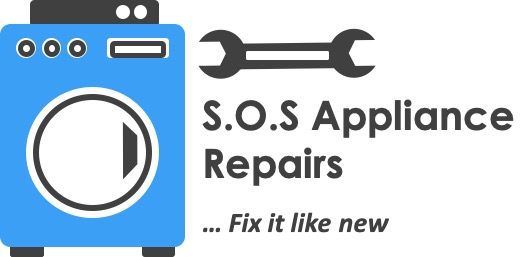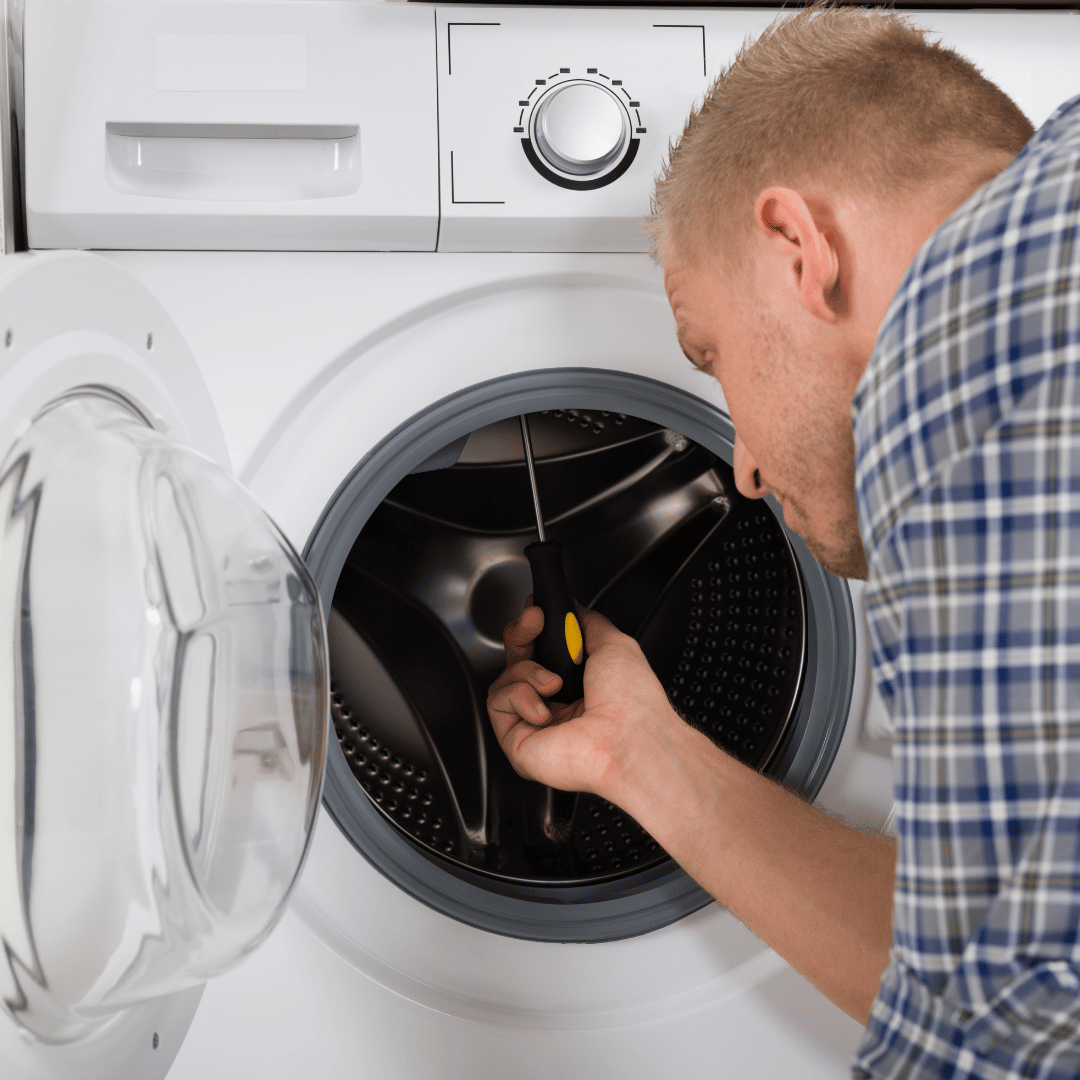They really don’t make appliances like they used to, unfortunately. Appliances always break down, but it doesn’t have to mean their demise.
Washing machines may experience various electrical and mechanical issues, leaking being a common one. There are a few things that could be causing the leak, some are easy-fixes and some should be left to appliance repair experts.
Let’s review the science behind a washing machine leaking.
Washing Machine is Leaking
The Anatomy of the Washing Machine
In layman’s terms, there’s the torso of the machine itself, and then there are various tubes, valves, and wires flowing from the wall into the machine and back out. Hot and cold water supply hoses enter the machine from the wall. They are integrated into the machine with inlet valves.
Internally, the water does its thing in the tub, or the drum, before draining through another hose to a pump. The pump then pushes it through a filter and into a drain hose that exits out of the machine, back into the wall plumbing. There are other mechanisms and steps in the system, but these are the key players in a leak crisis.
Potential Causes of a Washing Machine Leak
Among these aforementioned hoses, valves, and pumps are the likely culprit for a leak.
If no obvious leaking is coming through the hoses to or from the wall into the machine, the issue is likely coming from internal issues such as:
- A crack in the drain pump, or pump bearing wear & tear
- A broken door or drum seal
- A loose water filter seal
- A malfunctioning water level switch
- Clogged hoses pressuring water out of unsecured connections
- Loose inlet/outlet valves
- Loose connections/clamps/valves at any intersection
How to find the leaks in your washing machine
Leaks can be dangerous and destructive. They can become fire hazards, cause mold, destroy flooring/ceilings with waterlogging, and cause someone to slip and fall.
A leak should be investigated with caution. First, the washing machine should be removed from the wall because all relevant parts are around the back.
If something stands out, like a disconnected hose or a rusty/damaged part, a replacement part or readjustment should solve the issue.
Trying to find the source is sometimes as easy as draining the machine and starting the fill cycle.
Dripping may become evident as water fills or drains. This test should be done if nothing obvious is wrong or after the new parts have been installed.
Other basic troubleshooting includes loading smaller loads with fewer suds and checking that the machine is level. It may be that the machine is overwhelmed and overflowing past its seals.
Pro tip:
Generally, a pump problem will cause the machine to rumble and shake during cycles.
The outer hose issues and seals are easy to find and troubleshoot by the average Joe. However, if the problem reoccurs and can’t be found upon investigation, and replacement parts haven’t fixed the leak, it’s wise to seek the help of professionals.
Which Professional is right for the job?
Pro tip: if nothing works, call an electrician. Call an appliance repair expert, like SOS Appliance Repairs if some things work.
SOS Appliance Repairs serves all cities and communities in Ontario with all your appliance repair needs.

